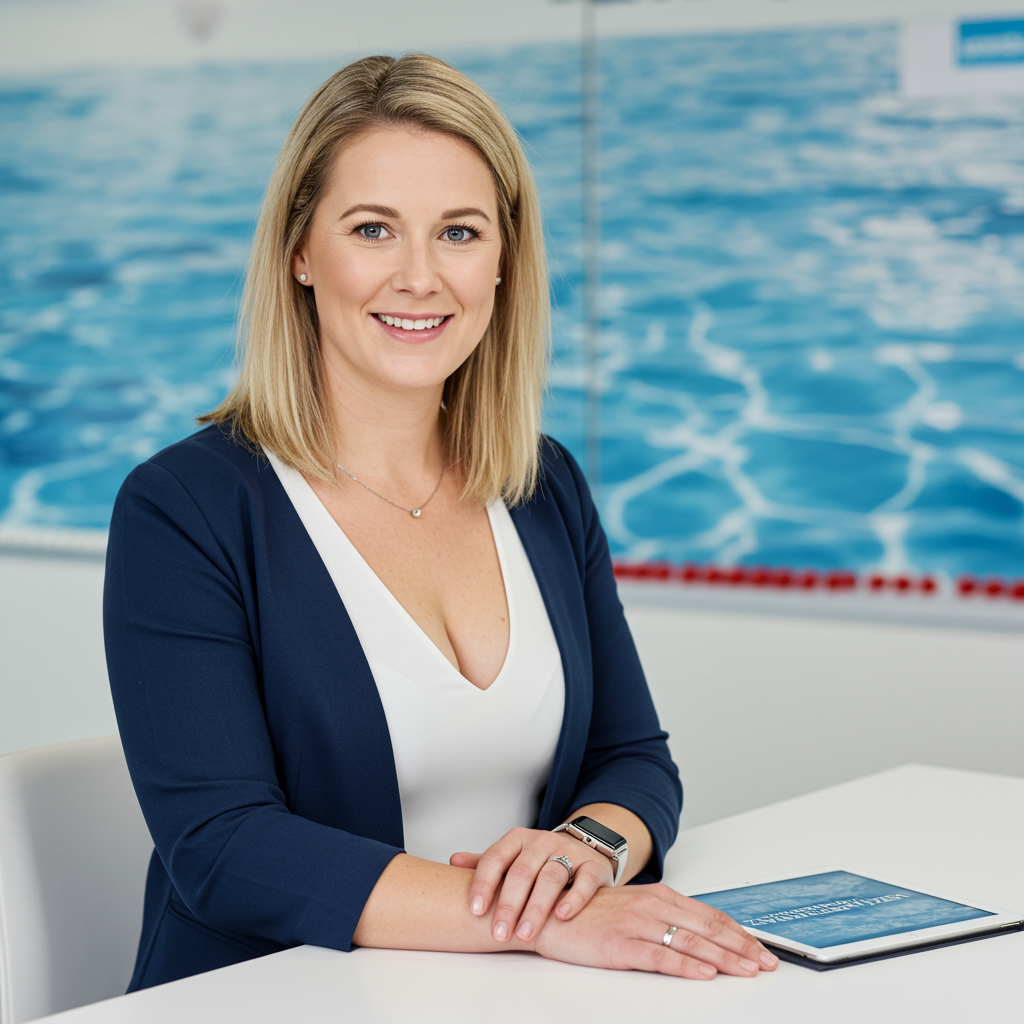Swimming Lesson Waiting List? Smart Tips & Alternatives for a Quick Start
Are you eager to get your child into swimming lessons, but are faced with long waiting lists? You're certainly not alone! Many parents in the Netherlands experience this [3, 5, 6]. The popularity of swimming lessons, combined with a shortage of swimming instructors, means that waiting lists can sometimes be months or even longer than a year [5, 6]. This can be frustrating, especially because as a parent you want your child to be water safe as soon as possible. Fortunately, there are smart tips and alternatives to bridge the waiting time and get your child into the water quickly.
The reality of swimming lesson waiting lists
Waiting lists for swimming lessons are a common problem in the Netherlands [3]. This is due to several factors:
- High demand: Swimming lessons are essential in a water-rich country like the Netherlands, which means that many parents register their children at the same time [3, 14, 15].
- Limited capacity: Swimming pools have a limited number of lanes and qualified instructors [3].
- Quality assurance: Good swimming schools want to guarantee the quality of the lessons, which means that they cannot endlessly expand groups [3].
- Shortage of swimming instructors: There is a national shortage of swimming instructors, which is causing waiting lists to increase [5, 6].
Waiting times can vary greatly regionally [5]. Research shows that waiting times in the Randstad are generally longer than in other parts of the country [6]. Some municipalities have a waiting time of more than a year [5, 6]. This means that children start swimming lessons later, putting them at risk for longer near water [5].
Smart tips to bridge the waiting time
Fortunately, as a parent, you can take action to bridge the waiting time and prepare your child for swimming lessons:
- Make your child water confident: Start early by familiarising your child with water. Let them splash in the bath, in the shower or in a paddling pool [3, 19]. Practice throwing water over your face and blowing bubbles [3]. This helps to reduce any fear of water.
- Regular recreational swimming: Go swimming regularly in a recreational pool. Let your child play freely, slide down the slide and splash [3, 19]. Focus on fun and relaxation. This is a great way to familiarise your child with the swimming pool and the water.
- Practice basic skills: Playfully practice basic skills such as floating, treading water and looking under water [19]. Use aids such as a cork or plank if necessary. You can also do exercises together with the water confidence fan of 'Met Succes Op Zwemles' [6].
- Read books about swimming: There are fun picture books about swimming that can encourage your child and prepare them for swimming lessons.
- Involve your child in the process: Tell your child about the swimming lesson and what they can expect. For example, let them watch videos of swimming lessons.
Alternatives to traditional swimming lessons
If the waiting list takes too long, you can consider looking at alternative forms of swimming lessons:
- Private swimming lessons: Private swimming lessons are often more expensive than group lessons, but your child receives individual attention and can make faster progress [16].
- Intensive swimming course: An intensive course, also called turbo swimming, is an intensive swimming course in which your child can obtain their A diploma in a short period [2, 4, 8, 9, 10]. A fast course often lasts a maximum of six to seven months [4].
- Swimming lessons abroad: Consider swimming lessons during your holiday abroad. Sometimes shorter waiting times or intensive programmes are available [16].
- Alternative swimming aids: If necessary, use alternative swimming aids such as a swimming vest or swimming discs to allow your child to play safely in the water [12].
The importance of water safety
It is important to remember that swimming lessons are an investment in your child's safety [2]. In the Netherlands, with its many waters, it is crucial that children learn to swim as early as possible [14, 15]. Don't wait to register until your child is 5 years old, but register him or her as soon as he or she is 4 years old [6]. This way you can be sure that your child will be up in time.
Don't forget that the C diploma is the real standard for water safety [14]. With a C diploma, your child has sufficient skills to manage in various situations, including in open water. Keep practicing, even after obtaining the A diploma, to maintain swimming skills [4].
Zwemleswijzer helps you further
Are you looking for a swimming school in your area? Compare swimming lesson providers in your city via ZwemlesWijzer. Here you will find an overview of all swimming schools, their lesson methods, prices and reviews. This allows you to make an informed choice and find the swimming school that best suits your child. Also read more about the different lesson methods and view the knowledge base for parents for useful tips and information.
Did you know: some swimming schools use Membro for their member administration? This ensures efficient organisation and communication.
Conclusion
Waiting lists for swimming lessons can be frustrating, but there are plenty of ways to bridge the waiting time and prepare your child for swimming lessons. By making your child water confident, going swimming regularly and considering alternative forms of swimming lessons, you can ensure that your child learns to swim quickly and safely. Compare the different swimming schools via ZwemlesWijzer and find the perfect swimming lesson for your child! And remember: swimming lessons are an investment in your child's safety and future.
Compare swimming lesson providers in your city and give your child a flying start in the water!
